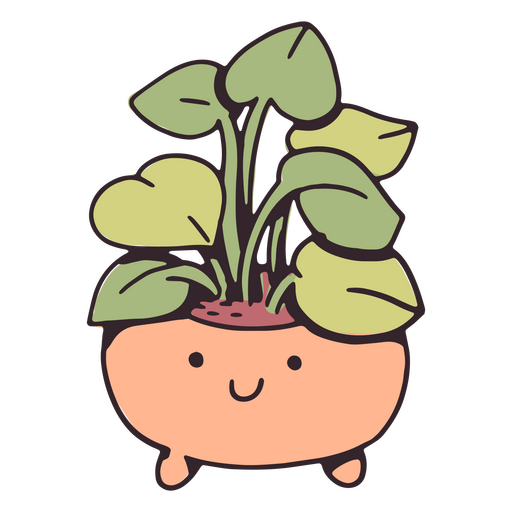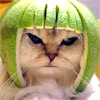Country: The Netherlands
And… can I use them to make a herbal tea? They smell nice.
Automatic identification via PlantNet summary
Most likely match: Daucus carota L.
Common name Scientific name Likeliness Queen Anne s lace Daucus carota 50.32 % Queen Anne’s snowflake Daucus muricatus 14.36 % Rattlesnake-weed Daucus pusillus 8.85 % Hartwort Tordylium maximum 5.80 % Queen Anne s Lace (actual commom name) Rouya polygama 4.58 % Beep, boop
I am a bot, and this action was performed automatically.
From Wikipedia:
The function of the central dark florets of D. carota has been subject to debate since Charles Darwin speculated that they are a vestigial trait.[14] It has been suggested that they have the adaptive function of mimicking insects, thus either discouraging herbivory,[15] or attracting pollinators[16] by indicating the presence of food or opportunities for mating
Alright - so it’s not only me who thinks that they look like spiky insects 😄
I don’t have a positive ID for you but it appears to be in the Umbillifer family, some of which are edible in whole (carrots) and some of which are highly poisonous, even to the touch (hemlock). Be careful and don’t eat or touch without a positive ID. Many from this family look similar. Wiki
I agree this is most likely Daucus carota. If you are looking for some tasty herbal teas from Dutch wild plants I can recommend stinging nettle (harvest top 4 young leaves), elderflower (not in season now though…), wild blackberry and wild strawberry. I have some Dutch books about foraging, I will check for more!
Thanks! I will look into those! Quite exciting :D
I have foraged and eaten some stinging nettle, but I didn’t know it was good for making tea!
Is there a trick to making elderflower tea? The crushed leaves of elder have a very characteristic strong smell that I don’t find so pleasant - will the flower tea taste like that?
The blackberry and wild strawberry teas are made from the fruit? Or can tea be brewed from the leaves?
It can be wild carrots, can be hemlock.
First thing to do is look at the stem. If it’s hairy you can try to identify it. If it’s glabrous (no hair) then it definitely is toxic.
Cool observation about the hair! Thanks
I will study more details about the wild carrot and hemlock and I’ll inspect the plant better next time I walk by.



